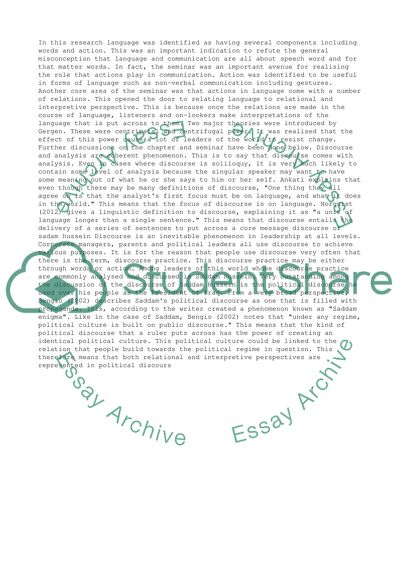Cite this document
(“Understanding of relational and interpretive perspective Essay”, n.d.)
Retrieved from https://studentshare.org/management/1395545-understanding-of-relational-and-interpretive-perspective
Retrieved from https://studentshare.org/management/1395545-understanding-of-relational-and-interpretive-perspective
(Understanding of Relational and Interpretive Perspective Essay)
https://studentshare.org/management/1395545-understanding-of-relational-and-interpretive-perspective.
https://studentshare.org/management/1395545-understanding-of-relational-and-interpretive-perspective.
“Understanding of Relational and Interpretive Perspective Essay”, n.d. https://studentshare.org/management/1395545-understanding-of-relational-and-interpretive-perspective.


